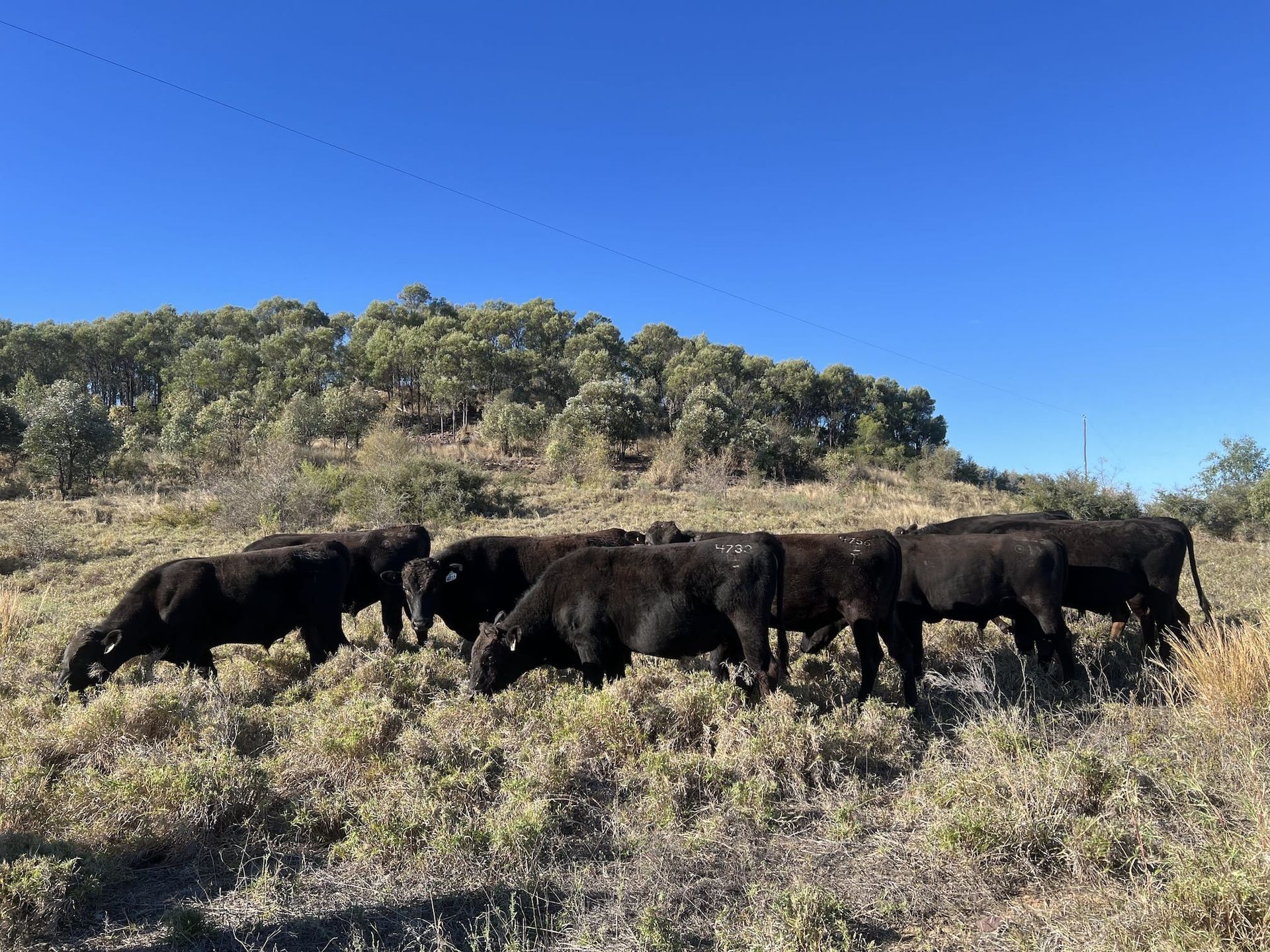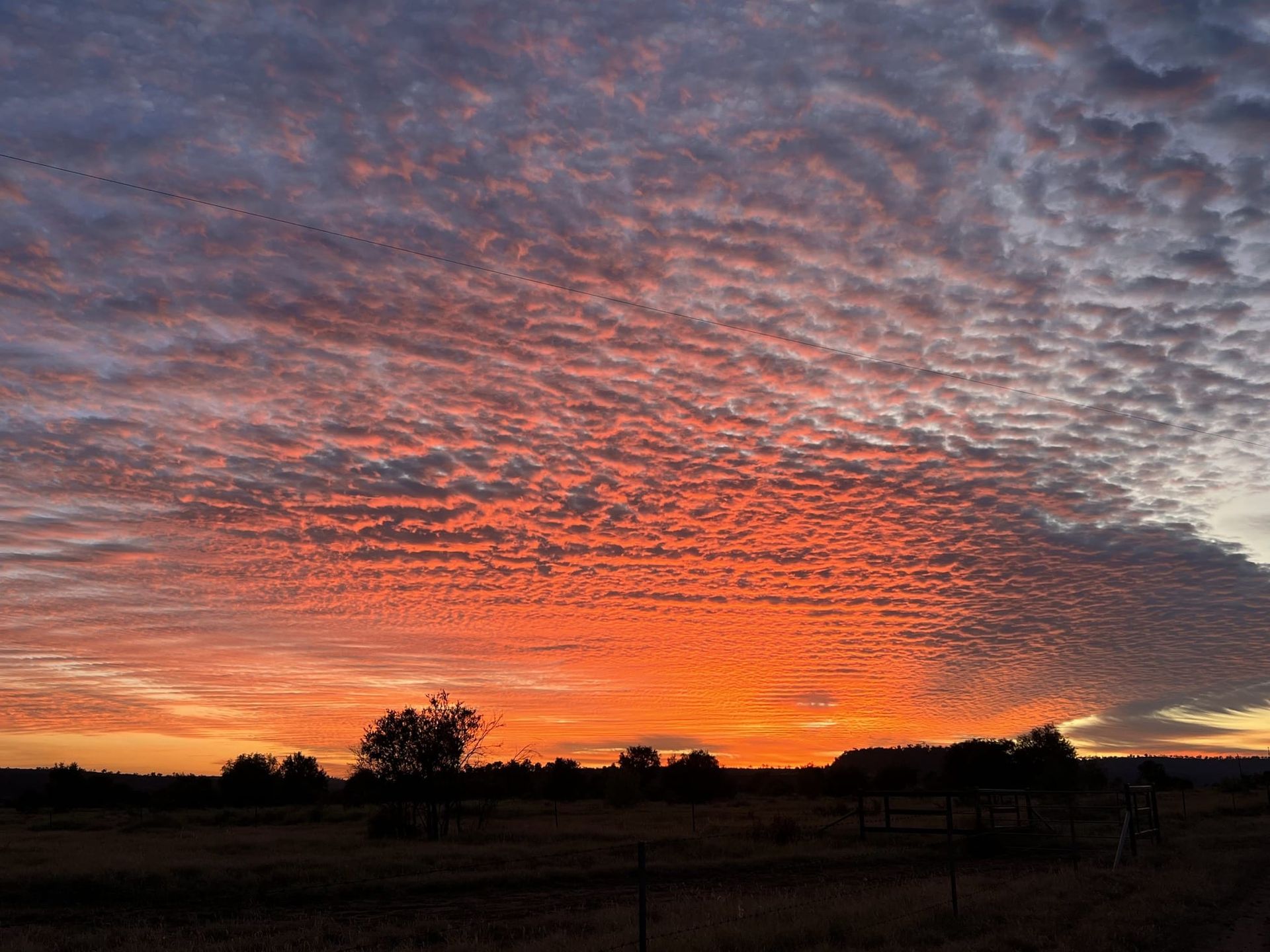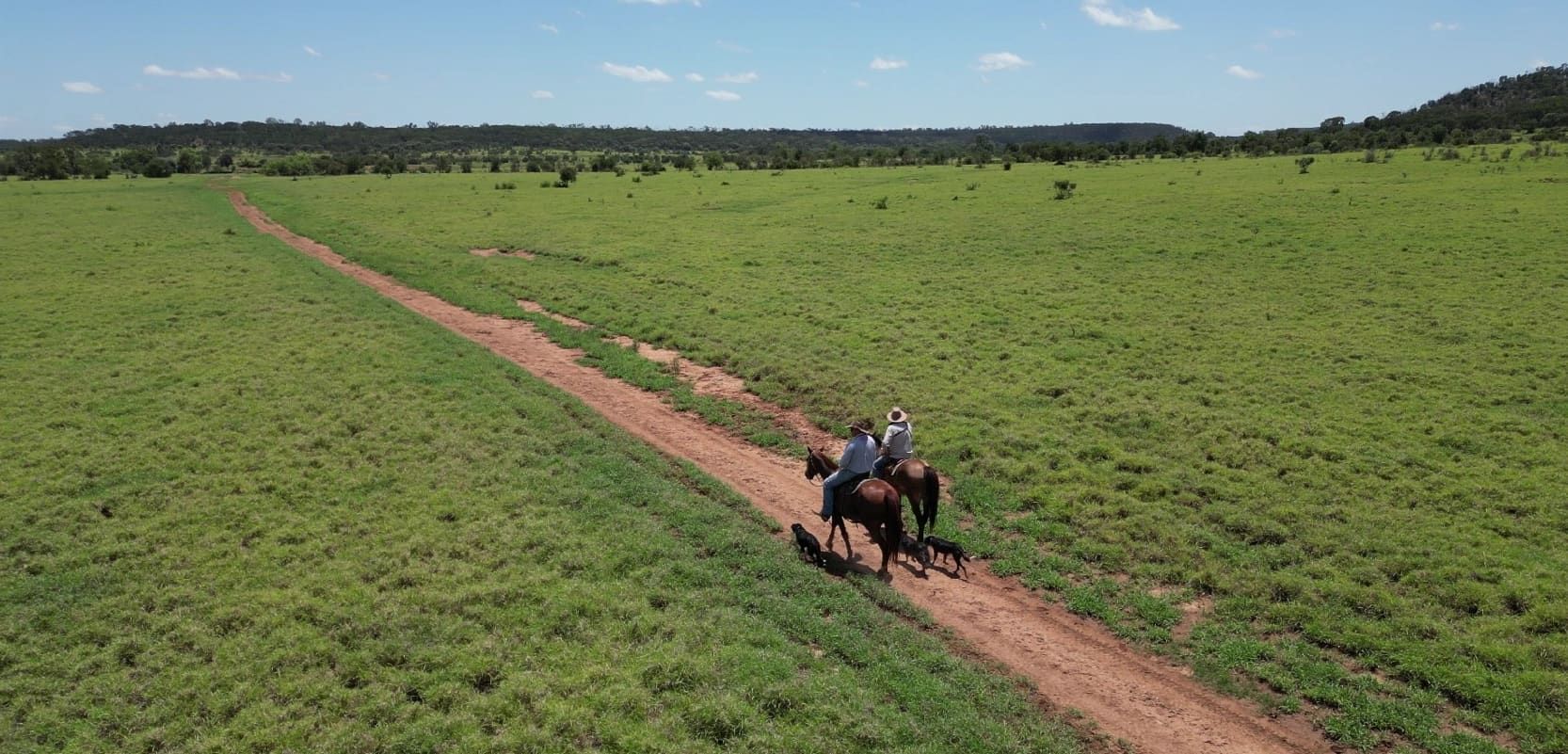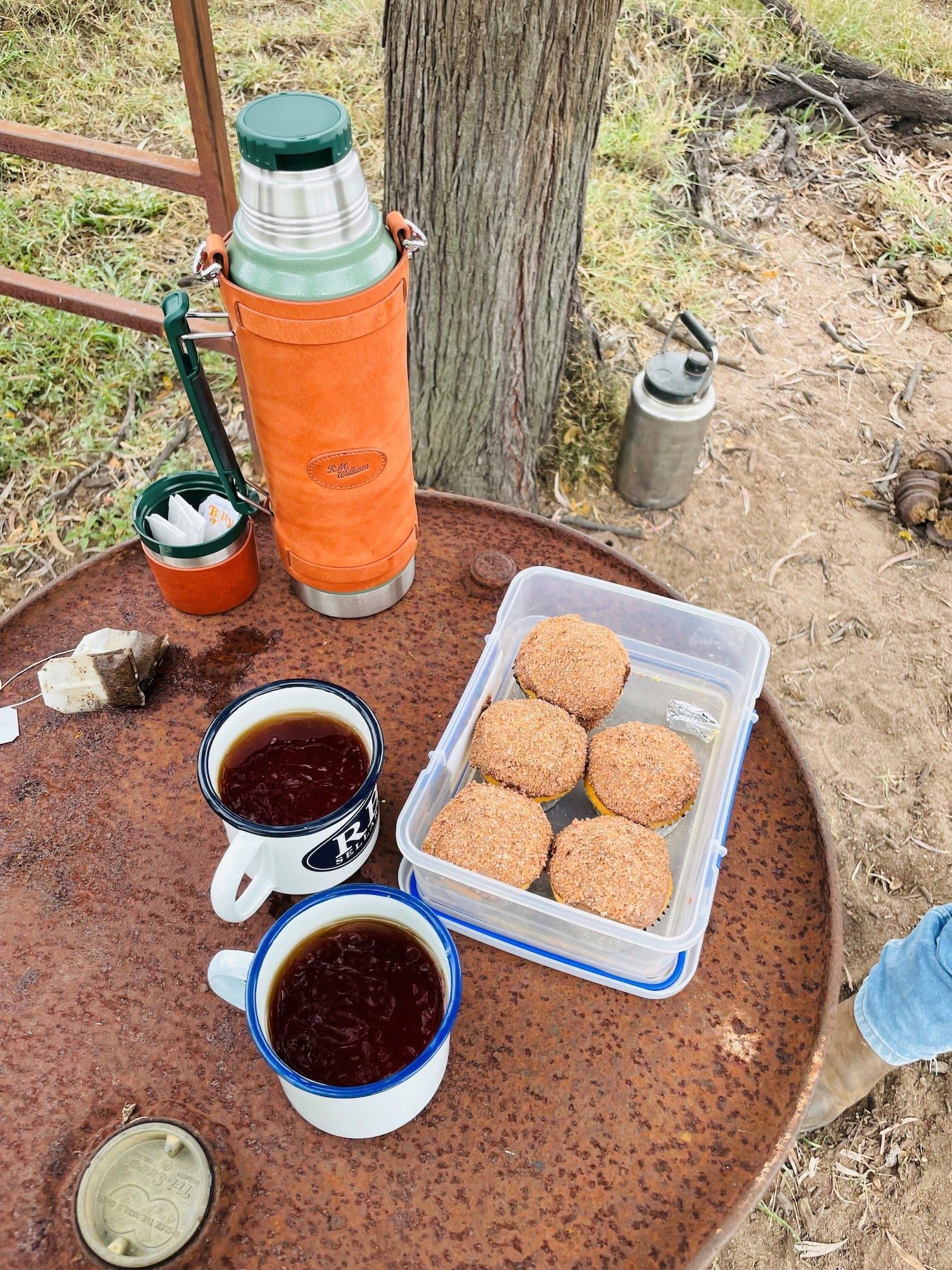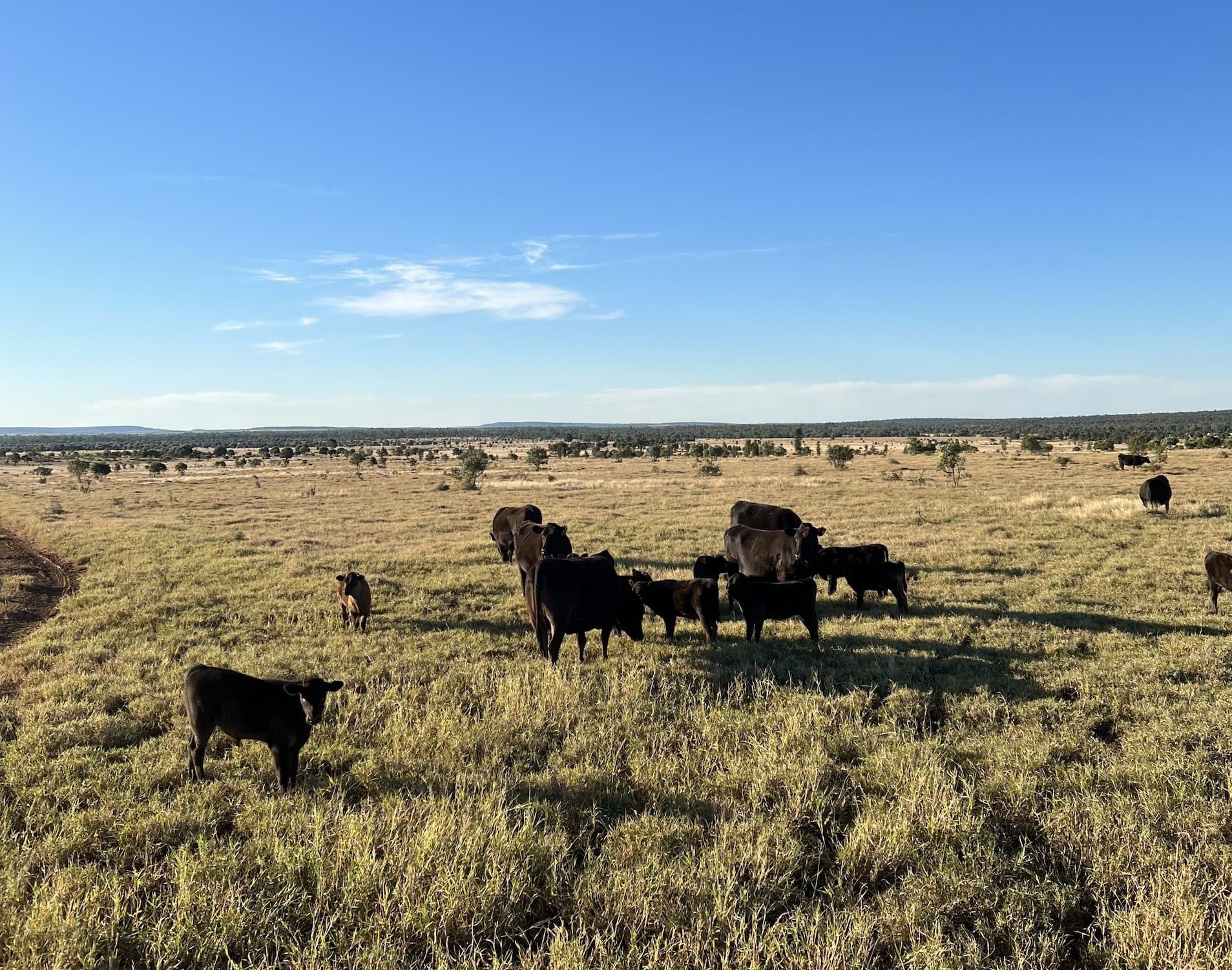Bar H Office: 0499 954 125
Que Hornery: 0428 789 009
Address: 21798 Capricorn Highway, Comet, QLD 4702
The 1%’ers that make a difference in Artificial Reproduction
Artificial reproduction in Wagyu is growing at a rapid rate all over Australia. It has allowed access to genetics from all over the world, genetic improvement across all bases, and an increase in progeny’s value. However, success rates are difficult to keep consistent given the amount of uncontrollable variables and shifting parts that ultimately have a massive impact on the success of artificial reproduction. We are always trying to do everything we can to minimise these inconsistencies, which we have broken up and outlined below.
Storage
In AI (Artificial Insemination) and ET (Embryo Transfer), whenever a foreign body breaches a cow there is a high risk of infection in such a sensitive area, especially in cattle yards where there is a lot of dirt and infectious bacteria. Therefore, making sure when you administer semen or a cue mate there is no dirt or bacteria carried in with it from the surface. As a rule, the further in you enter in the vagina, the cleaner it will be.
- Keep all your equipment in an airconditioned storeroom. This way;
- They collect less dust than a storeroom – clean equipment is critical.
- No chance of anything being contaminated or expiring because of temperature.
- Store all your equipment clean
- After use all ART (Artificial Reproduction Technology) equipment needs to be thoroughly soaked and cleaned in chlorinated water or with methylated spirits.
Artificial Insemination
- Warm your gun up before AI
- By keeping the steel gun warm underneath your armpit or on your skin it will bring it to body temperature and not shock the thawed semen once it’s loaded.
- Toilet paper dry straws rather than paper towel
- Toilet paper is softer than paper towel and absorbs more water which can kill semen.
- AI rod protection
- Use an ‘AI gun protector sheath cover’ if you can, it allows for an even cleaner entry.
- Don't work in direct sunlight
- Keeping multiple shades set up around the crush can help this, it’s particularly critical to manage during ET or a fixed time AI when you’re working for a longer amount of time.
- When transferring the semen from the nitrogen tank to be thawed, it needs to be done as quickly as possible to avoid it being exposed to the environment.
- Use a digital thermometer (its more accurate)
- Clean your scissors before and after each time you cut a new straw
- It’s another element of keeping the equipment clean, also in some rare instances semen from the last straw can live on scissors and contaminate the next straw.
Cue Mates
- Use clean water administering cue mates
- Fill two buckets with clean water, use one to put dirty cue mate guns in and then another to put clean loaded guns in. Don’t use any other antibacterial active to avoid the risk of affecting the progesterone in the cue mate.
- Use new Cue Mates on Donors
- Recharging Cue Mates is good option for recipient cattle and fixed time AI programs, however with donors just to avoid any complications or error its best to use fresh cue mates straight from the packet.
- Paper Towel everything
- You can buy paper towels in industrial sizes, and these are important to use so you can clean any dirt away from the vagina when you administer a cue mate or semen.
- Infections from cue mates is extremely high, a dirty cue mate living in a cow’s vagina for a week or more can be fairly harmful.
Needling
- 21G (0.8mm X 25mm) needles for Donors
- 21G (green) needles are thinner than the popular 18G (1.2mm X 38mm) (pink) needles – by using these they make it a bit more pleasant for donors because they receive so many of them. Never use the same green needle, use a new needle every shot you give. For recipient or fixed AI animals, change their pink needle (its tougher) at least every 10 animals.
- Needle where there’s less fat
- If an animal has a meatier rump the drug won’t go straight to their muscle as well as it would for a shallower cow. You can needle them as low down the leg as acceptable, between the rump and the shank. Doing this also allows for spreading the needles out to avoid swelling.
- Small Syringes
- For small specific shots like Folltropin, its critical to use smaller syringes so you can be more accurate in your dosage.
Procedure
- The AI or Cue Mate technician should not do any other yard work away from loading guns and AI’ing. They need to remain in the crush area, so they don’t get any dirtier than they need to.
- When you put heat detection stickers on cows, make sure the stickers are warm, so the glue attaches itself properly.
- Punctuality with fixed time AI and ET programs - start needling at the exact same time every morning and night.

At last, in our experience all these things are extremely relative and have a massive affect on the herds reproductive success,
but TIMING IS EVERYTHING.
A lot of people can AI, but the timing discipline of the animal’s cycle is the honest game changer, especially for operations like ours where natural AI programs are a massive part of what we do.
Another majorly important part of artificial reproduction is for the
ANIMALS TO BE CLIMATISED. Cows need to be used to their environment, calm to come into the yards, and well accustomed with gates and water points. In fixed time AI programs, we record how easily they mother up with their calves each day and try to repeat the variables that make them mother up better. For example, how we muster the paddock, where we feed and water them, how many people are on deck, did we use dogs or not? All these little things can make a difference. Cattle are extremely susceptible to routine and in any artificial program there are lengths of repetition. We want our cattle to adapt to a comfortable routine that will keep them calm and unbothered.
Other Posts

